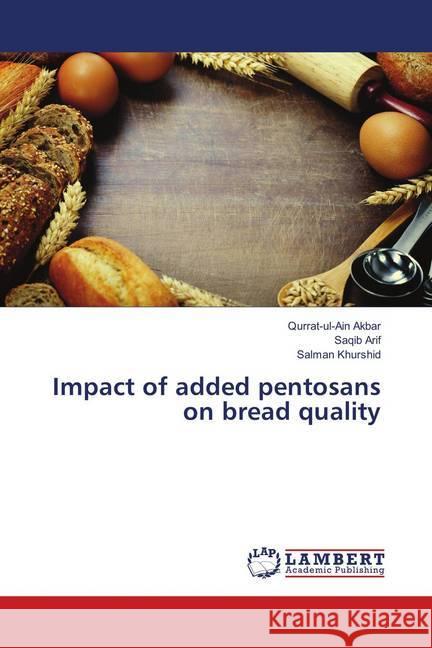Impact of added pentosans on bread quality » książka
Impact of added pentosans on bread quality
ISBN-13: 9783659893117 / Angielski / Miękka / 2016 / 80 str.
It has long been speculated that variations in the type and level of pentosans may be the reason behind different processing and quality characteristics of the products made out of different wheat varieties. The work presented in this book is significant contribution in this context as it addresses the issue in a most comprehensive manner so far, from a multitude of dimensions, and adds a lot of new knowledge to understand the complex interplay between the levels and the types of pentosan and the key characteristics that determine the performance of flours for bread making and quality. These findings are important for the baking industry and also provides clues to plant breeders for future improvement of wheat varieties, by means of conventional breeding or genetic manipulation, to optimize the levels and composition of pentosans and enhance the flour functionality for specific uses in added-value applications of the flours.











